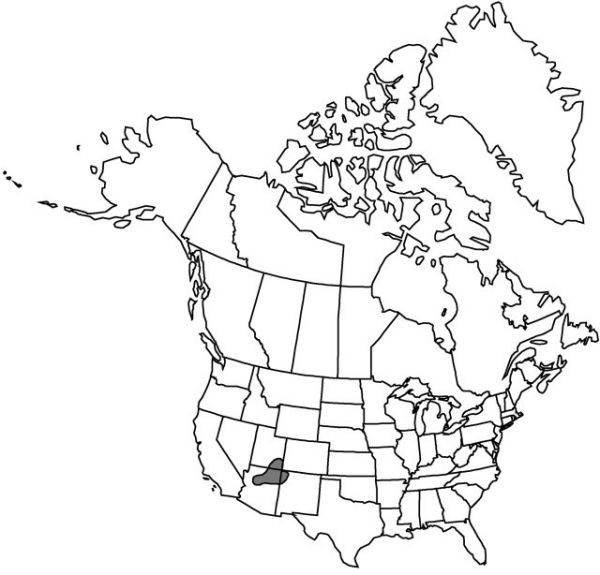Difference between revisions of "Yucca angustissima var. angustissima"
Endemic
imported>Volume Importer |
imported>Volume Importer |
||
| Line 45: | Line 45: | ||
|publication year= | |publication year= | ||
|special status=Endemic | |special status=Endemic | ||
| − | |source xml=https:// | + | |source xml=https://bitbucket.org/aafc-mbb/fna-data-curation/src/2e0870ddd59836b60bcf96646a41e87ea5a5943a/coarse_grained_fna_xml/V26/V26_895.xml |
|genus=Yucca | |genus=Yucca | ||
|species=Yucca angustissima | |species=Yucca angustissima | ||
Latest revision as of 21:18, 5 November 2020
Plants acaulescent or caulescent. Stems procumbent, 0.1–0.4 m. Leaf blade narrow, long-tapering and primarily flat or concave distally, 25–45 × 0.5–0.8 cm, mostly flexible, smooth adaxially and abaxially. Inflorescences racemose, 8–10 dm, glabrous; peduncle 0.3–0.5 m. Flowers 4.5–5.5 cm; tepals pale green, often tinged rose or rosy purple; filaments 0.7–2.5 cm; anthers 3.2 mm; pistil 2.5–2.8 cm; style 10–13 mm. Capsules often deeply constricted near center, 3.5–5(–5.7) cm.
Phenology: Flowering spring–early summer.
Habitat: Sandy places, sandstone outcrops, rocky hillsides of deserts
Elevation: 900–2200 m
Distribution

Ariz., N.Mex., Utah.
Discussion
Selected References
None.
Lower Taxa
None.